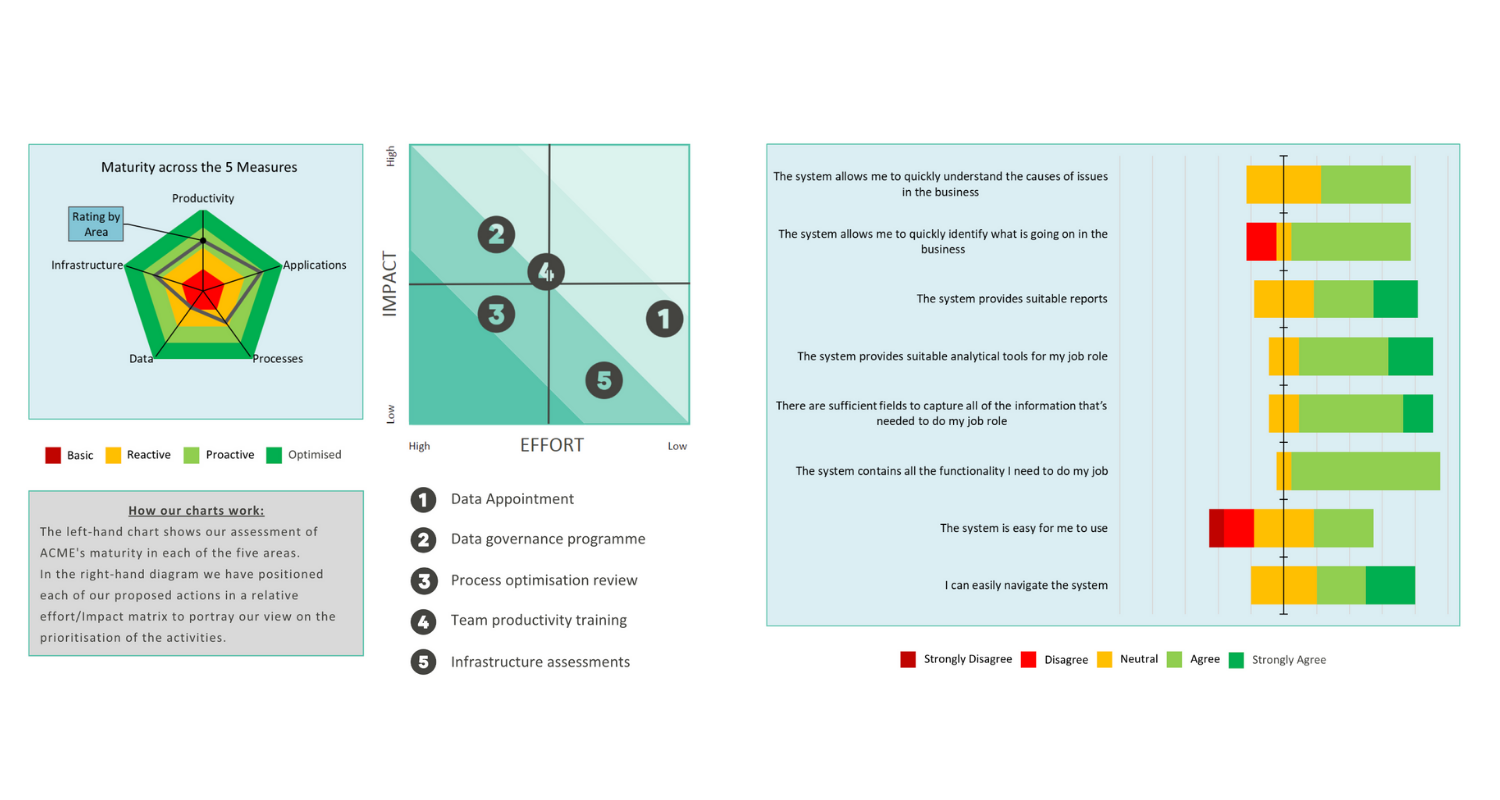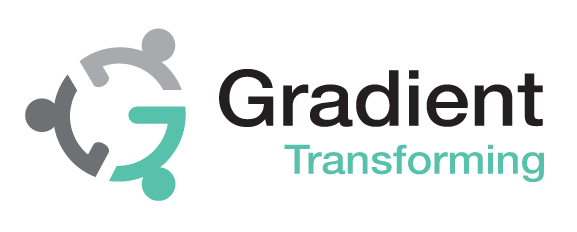The eagle-eyed amongst you will have noticed that our ERP MOT service has changed to be our Business Systems Health Check.
Whilst we completed this process a couple of months ago, we thought it was about time to explain why we switched things up.
We don’t just know ERP!
It may not be obvious, as one of the main services to our clients is “system selection” and most people presume we’re talking about an ERP system, but we’re not just about ERP; far from it! We have supported our clients with reviewing and selecting other business systems too. We are currently working with a few clients on reviewing their current CRM system and analysing the market for alternatives, which is a fitting example of this!
As time passes, all the systems we use in business are becoming larger, holding more data and, as such, may come with more issues should things not be ticking along well. Similarly, the art of the possible changes as systems and your business develops and improves.
We felt it was time to stop talking about just ERP because we offer so much more than that.
Is an MOT the bare minimum?
The next bit was the MOT reference. And whilst we loved this in some respects, we also felt it wasn’t a good reference point for what we wanted to do with this service going forward. For example, Pete, our Head of Transforming, felt that this was the bare minimum that someone needed to do to keep their car roadworthy. As long as your car passes this, you don’t need to have it serviced regularly. On the other hand, Sarah, our Marketing Manager, had big issues with this as she’s always anxious about taking her car for its MOT and worried it would fail. The fact that she has not had a car fail in over 15 years has nothing to do with it! She found the reference a negative experience.
Of course, there were many opinions between these two!
The service we offer is much more than a bare minimum, pass/fail type review. We recommend that companies regularly review their digitalisation journey to ensure that they are heading in the right direction and maximising the opportunities available whilst spotting early signs of any challenges ahead.
What do we call it?
This is the part where things get interesting. Naming a product or service is important. It can have a significant impact on how people perceive that service, but it also can set expectations about what is going to happen.
We toyed with all manner of different names – but we really wanted it to work with Business Systems. We wanted it to be in the same vein as MOT but not quite so automotive.
We also thought about how the name would fit with the extra benefits we were adding to the service. One of these changes was more emphasis on due diligence. This is important if a client is looking to invest in or acquire a new business. If you are spending a significant amount of cash, you want to know that your investment is a wise one. Doing the bare minimum, in this case, would not be appropriate at all!
To this end we decided that health was something that fitted where we were looking to go with this service. No one wants to do the bare minimum if their health was at risk, and nor would you if your business was showing signs of having issues.
The various parts of this service have all been designed to support your business strategy and help you focus your efforts. There are also priorities given for what you need to change. A bit like if you see a doctor and they provide you advice on how you can get your health back on track. You are not left wondering what you need to do next!
Given that it provides insight into the state of your business systems and the health of your digitalisation journey, and should be run regularly to highlight trends and progress, Business Systems Health Check it was!
What else have we done?
Only part of the reason for the refresh of the service was the name. We also looked at how we presented the information to our client at the end of the process. We wanted the output to be really useful, not just good-looking!
When the client engages with us for this service, we firstly pay a visit to their Head Office to understand more about their business, have a tour of their site and meet their management team. We then prepare and issue an online questionnaire, which is sent to several of their team (or all of them ideally). The aim here is to learn more about how their employees make use of the business systems, and how they feel about the effectiveness of them – do the systems support people in their day-to-day role, how easy are the systems to use, are the data and processes good enough, and are there any performance issues? So, a focussed assessment of the ‘vital signs’ for systems.

When we have all the inputs, we assess the organisation across five areas; infrastructure, data, processes, applications and productivity. For each of these areas we make prioritised recommendations for progressing to an increased level of maturity and effectiveness. And we don’t just flood you with activities that you either already know or are impractical. We work hard to ensure that our proposed actions will bring the best ‘bang for buck’.
A key part of our report is to present how we believe a client is performing in terms of its level of “maturity” as regards use of business systems. So, for example, does our assessment for Applications suggest a “Basic” level of maturity, where there is duplication of effort and poor functionality, or “Optimised” where there is seamless integration, and the systems are “business-enabling”?
From this simple analysis, we can then draw up our recommendations for action, positioned with relative levels of effort required vs impact.
In summary, our new Business Systems Health Check gives clients a fast, but informed view of the health of their existing systems with clear recommendations for action.
Is it time you had a check-up? Get in touch to find out what this service can do for you!

